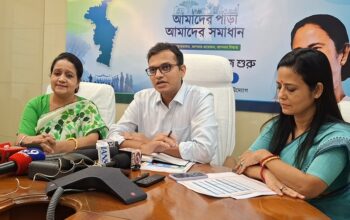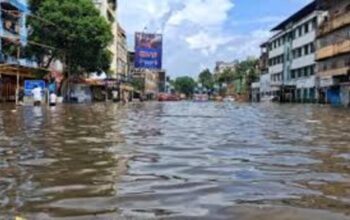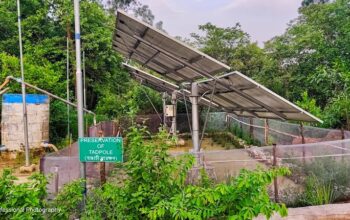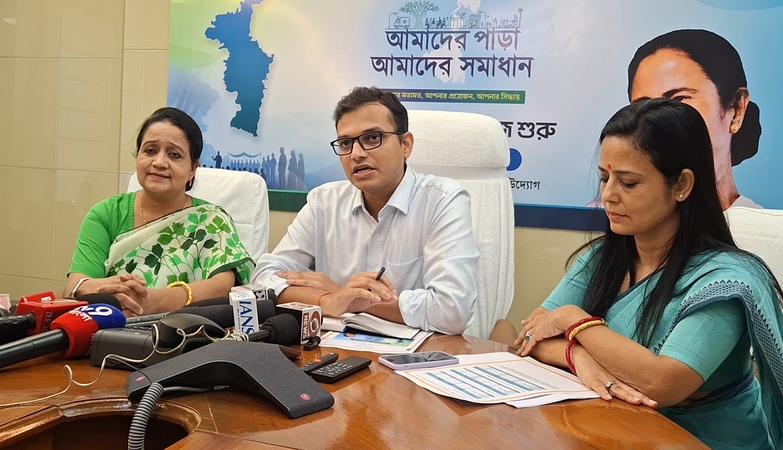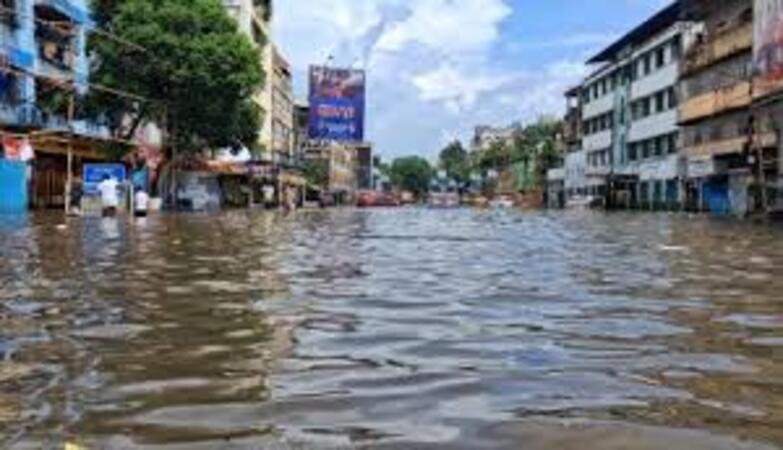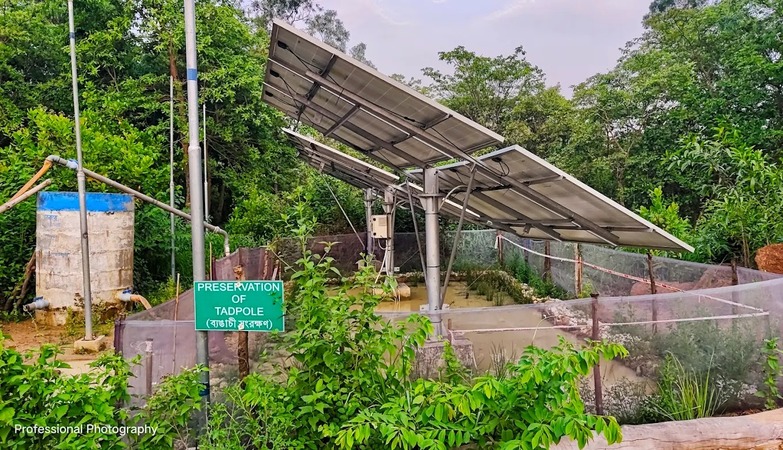Nine seats reserved for STs for the first time
Hummingbird News Desk
NEW DELHI, 5 MAY: The Delimitation Commission for Jammu and Kashmir on Thursday finalised the delimitation order and submitted it to the Election Commission of India wherein it has recommended 43 Assembly seats for Jammu division and 47 seats to the Kashmir region.
The Delimitation Commission headed by Justice Ranjana Prakash Desai, (a retired Judge of the Supreme Court of India),and Sushil Chandra, (Chief Election Commissioner) and K. K. Sharma, (State Election Commissioner, Union Territory of Jammu and Kashmir), as Ex-Officio members of the Delimitation Commission met today to finalise the Delimitation Order for the Union Territory of Jammu & Kashmir.
For the first time, nine Assembly Constituencies (ACs) have been reserved for the Scheduled Tribes, out of which, six are in Jammu region and three in Kashmir. The constitution of the erstwhile Jammu and Kashmir state had no provision for the reservation of seats for Scheduled Tribes in the Legislative Assembly.

As per the final Delimitation Order, out of the 90 Assembly Constituencies in the region, 43 will be part of Jammu region and 47 for Kashmir region keeping in view the provisions of Section 9(1)(a) of the Delimitation Act, 2002 and Section 60(2)(b) of Jammu & Kashmir Reorganisation Act, 2019, the Delimitation order said.
The six new Assembly constituencies in the Jammu region are expected to be carved out from Rajouri, Doda, Udhampur, Kishtwar, Kathua, and Samba districts.
The one new seat for the Kashmir Valley would reportedly be carved out from the Kupwara district.
As of now there are 46 seats in Kashmir region and 37 seats are in Jammu division.
“There are five Parliamentary Constituencies in the region. The Delimitation Commission has seen the Jammu & Kashmir region as one single union territory. Therefore, one of the Parliamentary Constituencies has been carved out combining the Anantnag region in the Valley and Rajouri and Poonch of Jammu region. By this reorganisation each Parliamentary Constituency will have an equal number of 18 Assembly Constituencies each,” the order further said.
The Commission also said that with regard to the relevant provisions of the Constitution (Article 330 and Article 332) and sub-sections (6) and (7) of Section 14 of the Jammu and Kashmir Reorganisation Act 2019, the number of seats to be reserved for the Scheduled Castes (SCs) and Scheduled Tribes (STs) in the Legislative Assembly of the Union Territory of Jammu and Kashmir was worked out on the basis of 2011 Census. Accordingly, the Delimitation Commission has reserved nine ACs for STs for the first time and seven for SCs.
The Commission has changed the names of a few Assembly Constituencies after hearing from the people and representatives of the political parties. These name changes included naming Tangmarg-AC as Gulmarg-AC, Zoonimar-AC as Zaidibal-AC, Sonwar-AC as Lal Chowk-AC, Padder-AC as Padder-Nagseni-AC, Kathua North-AC as Jasrota-AC, Kathua South-AC as Kathua-AC, Khour-AC as Chhamb-AC, Mahore-AC as Gulabhgarh-AC, Darhal-AC as Budhal-AC, etc.
In addition to these, there were many representations pertaining to shifting of Tehsils from one AC to another and some of them which Commission found logical were accepted, such as shifting of Tehsil Srigufwara from Pahalgam-AC to Bijbehara-AC, shifting of Kwarhama and Kunzar Tehsils to Gulmarg-AC and redrawing Wagoora-Kreeri-AC having Kareeri and Khoie tehsils and part of Wagoora and Tangmarg tehsils, shifting of Darhal Tehsil from Budhal-AC to Thannamandi-AC. Additionally, there were some requests for minor changes in the territorial jurisdiction of proposed ACs, which were thoroughly analysed in the Commission and a few of them, which were logical, have been incorporated in the final Order.
The Delimitation of Assembly and Parliamentary constituencies in the Union Territory of Jammu and Kashmir had been a challenging task. The Commission visited UT of Jammu and Kashmir twice. During the first visit, the Commission interacted with approximately 242 delegations at four locations, i.e. Srinagar, Pahalgam, Kishtwar and Jammu. Approximately 1600 people attended and expressed their views at the Public sittings held at Jammu and Srinagar on 4 and 5April 2022 respectively, during the second visit of the Commission to the UT of Jammu and Kashmir.
The peculiar geo-cultural landscape of the Union Territory presented unique issues arising due to factors like competing political aspirations of the geographically and culturally distinctive Jammu and the Kashmir regions; vast differences in population density between districts ranging from 3436/ sq. km in districts in the valley-plains on one side, to 29/sq. km in the predominantly hilly and difficult districts on the other; existence of sub-regions within certain districts having extremely difficult intra-district connectivity due to extraordinary geographical barriers with some remaining totally cut off on account of the snow blocking the mountain passes for months during winter; uncertainty of life and inadequate availability of connectivity and public conveniences in villages along the International Border prone to unprovoked intermittent firing/shelling in the Border Districts; etc.
The Delimitation Commission was constituted by the Centre on March 6, 2020 in exercise of powers conferred by Section 3 of the Delimitation Act, 2002 (33 of 2002), for the purpose of delimitation of Assembly and Parliamentary Constituencies in the Union Territory of Jammu & Kashmir.
Tags: #DelimitationCommission #Jammu #Kashmir


